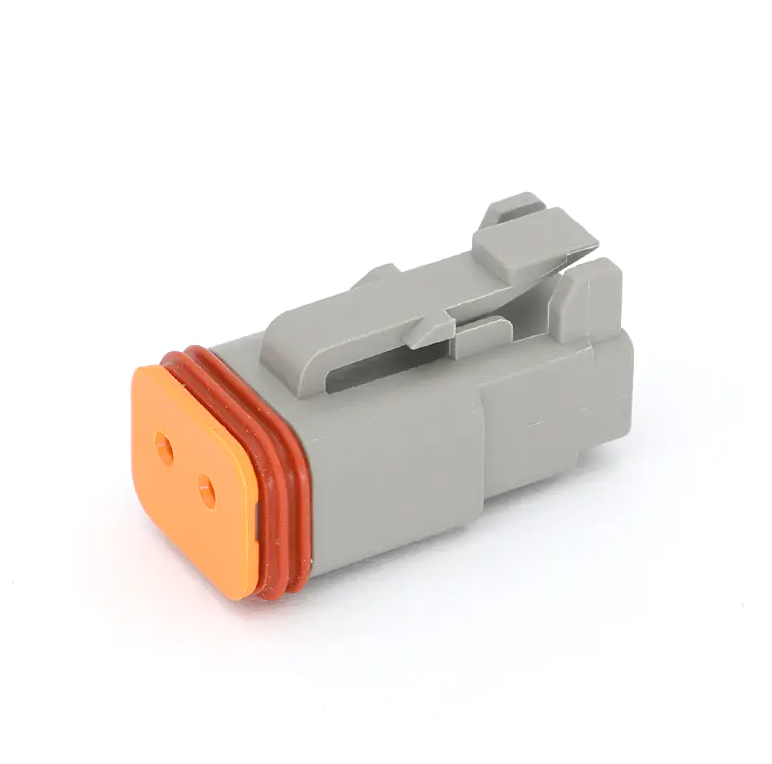The development of reliable automotive connector systems requires a comprehensive understanding of both electrical and mechanical engineering principles. Designers must balance numerous competing requirements to create solutions that perform consistently throughout a vehicle's lifetime. Electrical parameters form the foundation of connector specification, with current rating, voltage capacity, and contact resistance being primary considerations. These characteristics vary significantly depending on application, ranging from millivolt signal connections in sensors to high-current battery links in electric vehicles.
Material science plays a crucial role in achieving desired connector performance. Contact materials are carefully selected based on their electrical and mechanical properties, with different plating options offering various benefits. Gold plating provides excellent corrosion resistance and stable contact resistance for signal applications, while silver or tin plating may be preferred for power connections due to their higher current-carrying capacity. The connector housing material must provide adequate mechanical strength, temperature resistance, and often flame retardancy, with engineered thermoplastics being a common choice for these applications.
Environmental durability testing forms an essential part of connector development. Automotive connectors undergo rigorous evaluation to verify their performance under conditions simulating years of vehicle operation. This includes thermal cycling tests that expose connectors to extreme temperature variations, vibration testing that mimics road conditions, and exposure to various chemicals including fuels, oils, and cleaning agents. Sealed connectors must also pass immersion tests and pressure cycling to validate their environmental protection claims. These extensive validation processes help ensure connectors will perform as intended throughout the vehicle's service life.
The mechanical design of automotive connectors addresses several critical challenges. Insertion and extraction forces must be carefully controlled - too low and the connection may vibrate loose, too high and it becomes difficult to assemble. Polarization features prevent incorrect mating, while secondary locking mechanisms provide additional security against accidental disconnection. Strain relief provisions protect wire terminations from vibration-induced fatigue, a common failure mode in automotive applications. These mechanical considerations become increasingly complex as connectors shrink in size to accommodate modern vehicle packaging constraints.
Manufacturing processes for automotive connectors have evolved to meet growing quality and consistency demands. Precision stamping produces contact components with tight tolerances, while advanced molding techniques create complex housing geometries with integrated sealing features. Automated assembly lines ensure consistent quality, with vision systems and electrical testing verifying each connector's proper construction. As the automotive industry continues its transformation toward electrification and connectivity, connector manufacturers must maintain this focus on precision engineering while adapting to new requirements and challenges.

